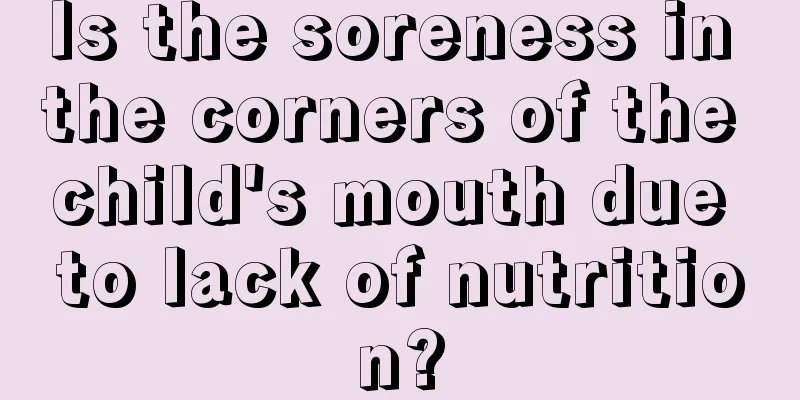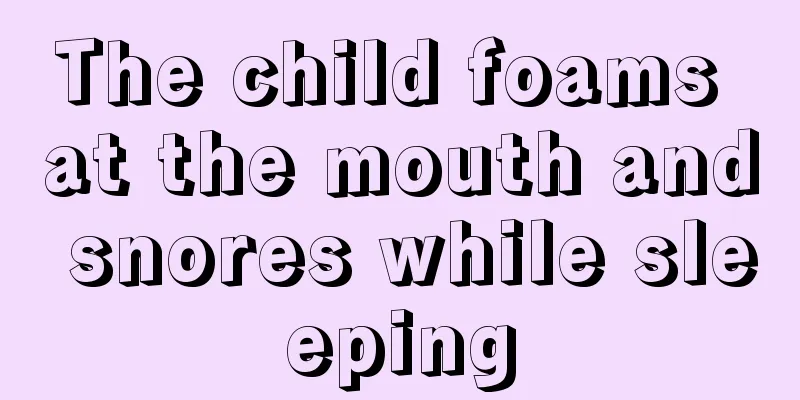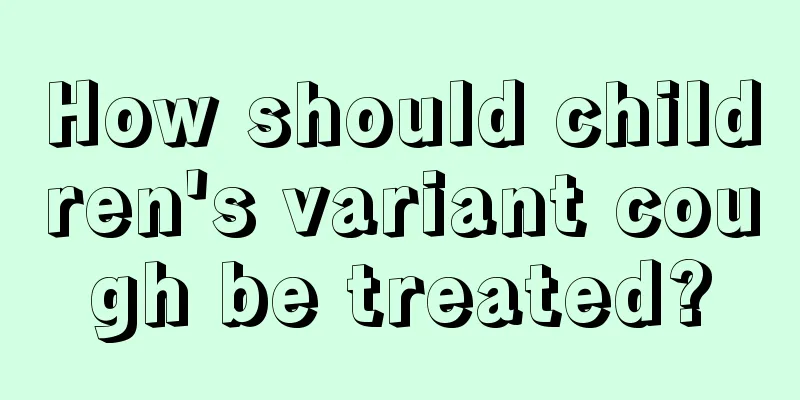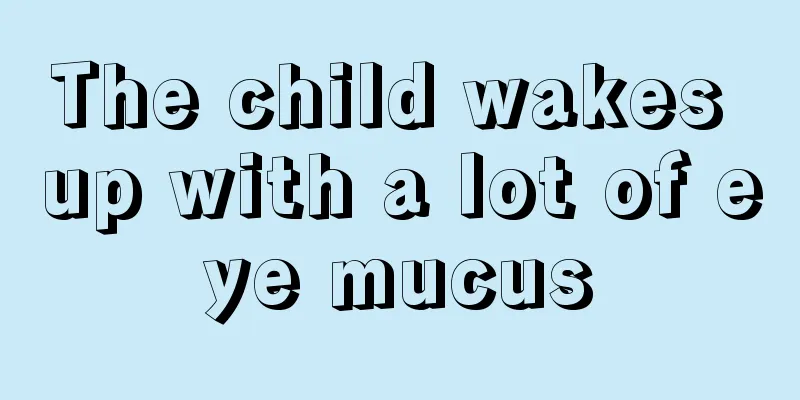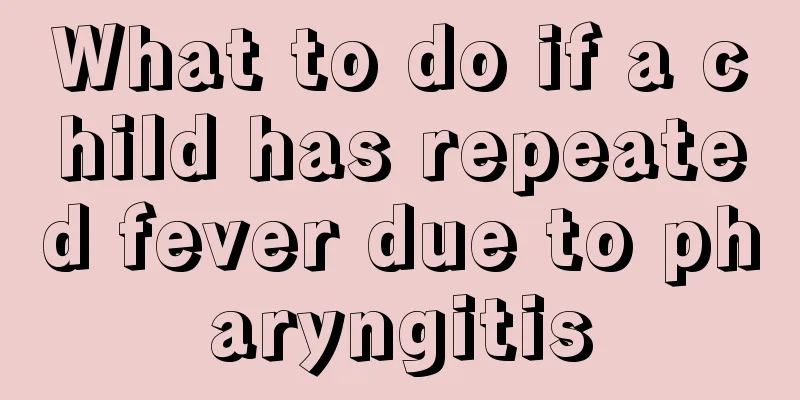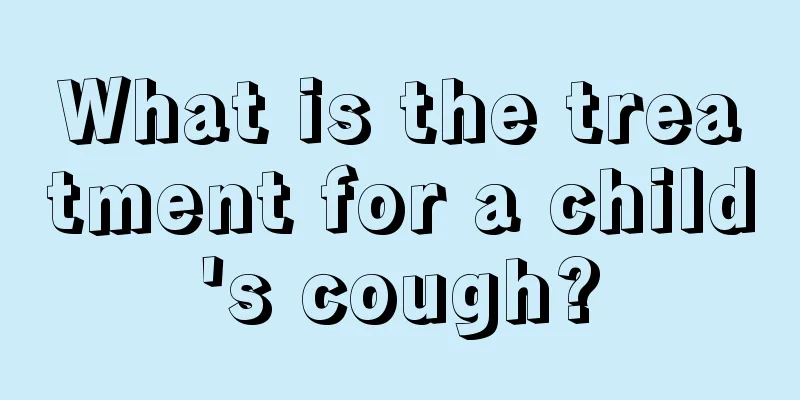Six-year-old child with ADHD

|
Children are generally very prone to ADHD, because when they are young, their nerves are still developing slowly. If they are stimulated, it is easy to cause nerve damage during the development process, thus causing some neurological diseases. ADHD is the most obvious neurological disease in children, which will distract children's attention. So how to treat ADHD in a six-year-old child? What are the symptoms of ADHD in six-year-old children? 1. Too much activity The main manifestations are excessive activity, inability to stay still, frequent restlessness of hands and feet, and restlessness in sitting still. In class, he makes a lot of small movements, talks a lot, runs around, jumps around, climbs up and down, and is unaware of the danger. 2. Learning difficulties Learning difficulties are a common symptom of ADHD in 6-year-old children. We all know that although children with ADHD have normal intelligence, they all show learning difficulties, poor memory and discrimination ability, often writing "b" as "d" or "6" as "9", etc., and their academic performance is poor. 3. Difficulty with fine and coordinated movements Patients may have coordination problems, such as clumsy movements, such as buttoning, shoe lacing, and pencil sharpening, and walking in an unstraight line. 4. Impulsive, willful, and easily emotional Patients have poor self-control ability and may also experience emotional instability, such as being easily agitated, irritable, crying, impulsive, and often losing their temper. They have stubborn, obstinate, impatient personalities, behave childishly, lack a sense of honor, and cannot distinguish right from wrong. Some lie, skip school, cheat, some go out and never come back, and even develop bad habits. What causes ADHD in six-year-old children? 1. Genetics Family studies, twin studies, and foster child studies support that genetic factors are an important risk factor for ADHD, with an average heritability of approximately 76%. 2. Neurotransmitters Neurobiochemical and psychopharmacological studies have found that there is an imbalance in neurochemical transmitters in the brain, such as low dopamine and norepinephrine function and decreased 5-HT function in the patient's blood and urine. 3. Environmental factors Includes prenatal, perinatal and postnatal factors. Risk factors associated with pregnancy and childbirth include smoking and drinking by mothers of ADHD patients, premature birth, postpartum hypoxic-ischemic encephalopathy, and thyroid dysfunction. Six-year-old children are very likely to suffer from ADHD, so parents must pay attention to it and work together to prevent it for their children. If a child develops ADHD, they must take correct treatment. It is also necessary to provide psychological treatment for the child, so as to completely get rid of the harm caused by ADHD to the child. |
<<: The child has a low-grade fever
>>: Child's facial hyperactivity
Recommend
How to check for sciatica in infants
It is very important to have a physical examinati...
Can children be circumcised?
The foreskin is the protective layer of the male ...
What is the cause of astigmatism in children?
Most people with myopia also have astigmatism bec...
Eight-month-old baby sweats on the back of his head
After the baby is eight months old, his body has ...
Can newborn babies be photographed?
Many parents often take photos of their children ...
Clinical manifestations of gastroenteritis in children
We all know that children's physical resistan...
What are some good dietary treatments for diarrhea in children?
Diarrhea in children is a headache for many paren...
Winter Newborn Care
Autumn and winter are the seasons when newborns a...
Can children take motion sickness medicine?
With the discovery of modern means of transportat...
What are the symptoms of mental illness in children?
We often see or hear that some adults often devel...
The dangers of slapping children
Many parents become overwhelmed with anger when t...
What should a teacher do if a child lies?
As babies grow up, many of them have the habit of...
The child has repeated fever and blisters at the mouth
Children have poor body resistance and are prone ...
What medicine should be taken to treat benign epilepsy in children
Benign epilepsy in children should be detected as...
What are the dangers of asthma in children?
Looking at the stars in the entertainment industr...

